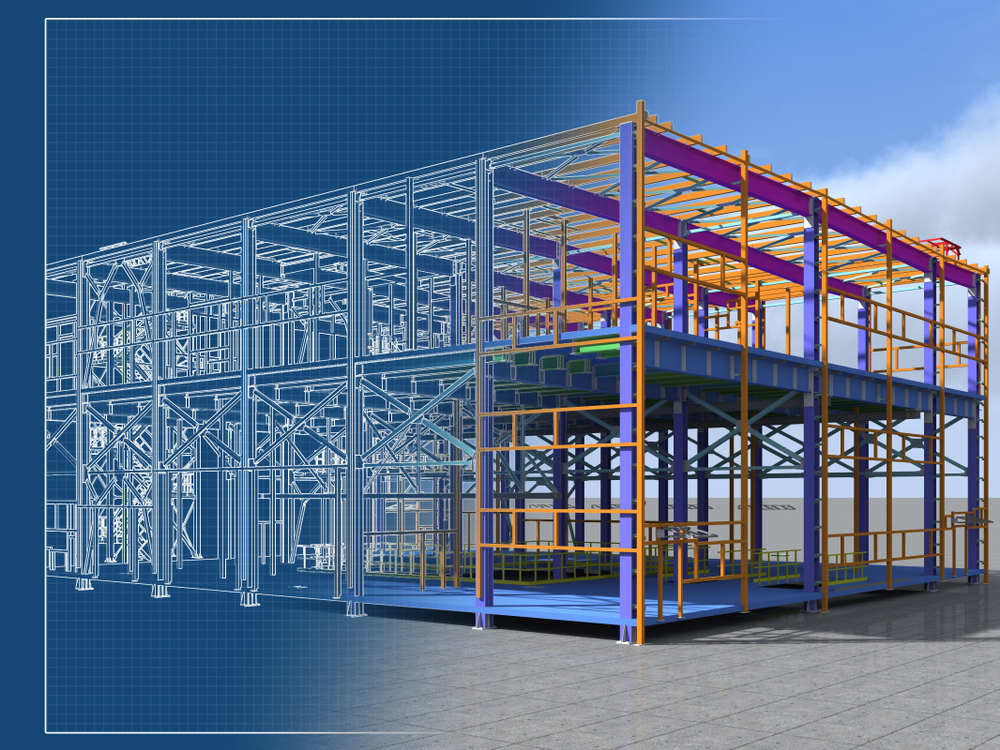In the ever-evolving landscape of construction, the integration of mechanical, electrical, and plumbing (MEP) systems is pivotal. Building Information Modeling (BIM) emerges as the linchpin that revolutionizes the industry by streamlining processes, enhancing collaboration, and optimizing efficiencies. This blog delves into the transformative power of BIM services, unraveling their impact on modern construction methodologies.
Understanding MEP BIM Services
BIM services are more than just a technological advancement; they represent a fundamental shift in how construction projects are conceptualized, planned, and executed. The amalgamation of MEP systems within the framework of BIM facilitates a holistic approach to design and execution, allowing for seamless integration and coordination of complex building systems.
Streamlining Design and Collaboration
One of the core strengths of MEP services lies in their ability to streamline design workflows. Through comprehensive 3D modeling and virtual representations, stakeholders gain a holistic view of the project, enabling better-informed decision-making. The collaborative nature of BIM fosters enhanced communication and coordination among multidisciplinary teams, reducing errors and minimizing conflicts during the construction phase.
Optimizing Efficiency and Cost Savings
Efficiency is the cornerstone of MEP BIM services By leveraging BIM technology, engineers can optimize system designs, ensure spatial coordination, and simulate real-world scenarios before the construction phase. This proactive approach minimizes rework, reduces material waste, and ultimately translates into substantial cost savings for project stakeholders.
Navigating Complexity and Enhancing Coordination
MEP systems often entail intricate networks and interdependencies. MEP services provide a platform for seamless integration, allowing for the alignment of diverse systems within the project framework. This integration enhances coordination between mechanical, electrical, and plumbing components, mitigating clashes and ensuring a smoother construction process.
Sustainability and Environmental Impact
In an era marked by environmental consciousness, MEP services play a pivotal role in fostering sustainability. The ability to simulate energy consumption, optimize HVAC (Heating, Ventilation, and Air Conditioning) systems, and model green building strategies empowers stakeholders to design and construct environmentally responsible buildings, reducing their carbon footprint.
Reshaping Maintenance and Facility Management
The impact of MEP services extends beyond the construction phase. The comprehensive digital models created during the design and construction process serve as valuable repositories of information for facility managers. These models aid in efficient maintenance, enabling quick access to system information, reducing downtime, and enhancing the overall lifecycle management of buildings.
Industry Challenges and Future Prospects
Despite the transformative potential, the adoption of MEP BIM services faces challenges such as initial investment costs, data interoperability issues, and skill gaps within the workforce. However, these challenges are gradually being addressed through education, industry-wide collaborations, and advancements in technology. Looking ahead, the future of construction is intrinsically tied to the widespread adoption and evolution of BIM services.
Integration of Emerging Technologies
MEP BIM services are not static; they evolve in tandem with emerging technologies. The integration of artificial intelligence (AI), machine learning, and augmented reality (AR) further enhances their capabilities. AI algorithms optimize system designs, identify inefficiencies, and predict maintenance needs. AR applications overlay MEP data onto physical spaces, offering on-site guidance and facilitating real-time collaboration.
Regulatory Compliance and Risk Mitigation
In the construction landscape, compliance with stringent regulations is crucial. MEP services aid in ensuring compliance by providing accurate and up-to-date documentation, facilitating regulatory approvals, and conducting simulations to verify adherence to codes and standards. Moreover, they contribute to risk mitigation by identifying potential clashes or conflicts early in the design phase, averting costly rework during construction.
Enhanced Project Visualization and Communication
Effective communication is at the core of successful construction projects. MEP services offer visually rich and interactive models that transcend language barriers, allowing stakeholders to visualize the project’s intricacies comprehensively. These models serve as powerful communication tools during client presentations, enabling them to grasp project complexities, make informed decisions, and foster confidence in the project’s execution.
Training and Skill Development
The widespread adoption of MEP BIM services necessitates a skilled workforce capable of leveraging these technologies to their fullest potential. Training programs and initiatives aimed at upskilling professionals in MEP systems and BIM software are essential. Investing in continuous education ensures that the workforce remains adept at harnessing the capabilities of these advanced tools, maximizing their utilization for improved project outcomes.
Global Adoption and Standardization
MEP services are not confined by geographical boundaries. They have witnessed global adoption, driving the standardization of processes and protocols across the construction industry. Industry stakeholders recognize the need for interoperability and standardized data formats to ensure seamless collaboration among diverse teams working on international projects.
Ethical Considerations and Data Security
As MEP services rely heavily on digital data, ensuring data security and ethical usage becomes paramount. Safeguarding intellectual property, ensuring data privacy, and adhering to ethical guidelines in data sharing and usage are essential aspects. Developing robust data governance frameworks is crucial to maintaining trust and integrity within the construction ecosystem.
Conclusion
MEP BIM services epitomize a paradigm shift in the construction industry, ushering in an era of efficiency, collaboration, and sustainability. ENGISOFT ENGINEERING – BIM Staffing & BIM Services their role in transforming the design, construction, and management of buildings cannot be overstated. As technology continues to evolve, and industry practices adapt, the impact of BIM services will be instrumental in shaping a smarter, more efficient, and sustainable built environment.











